A chef's kitchen is never complete without cheese in stock. Can you imagine a pizza without cheese? Oops, the idea is nightmarish, you'd rather have a little extra cheese in your pizza to give it flavor. Wherever you go for glob-trot, there will be a selection of cheeses available. Furthermore, there are around 500 varieties of cheese each unique in its taste. No matter what cheesy food is served, it is therefore the culinary pattern that is practiced in their culture.
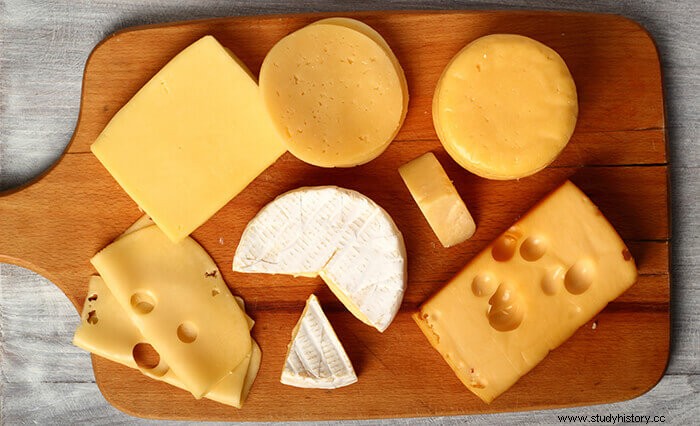
Myths about cheese
Remember that our childhood day was crazy about watching the comic book TOM and JERRY. The cat Tom lost every time he wanted to mess with the rat Jerry. Wasn't that fun?
The view of Jerry eating cheese is not acceptable. Also, there is no hypothetical evidence that rats or mice behave in this way. The rats or mice eat everything and everything. It is a myth that rats feed on cheese. The creator may have used it as an innovative way to attract children. However, it has been found that peanut butter is more preferable than rats and mice. So why not try the peanut butter technique to catch rats or mice to solve the frustration at home?
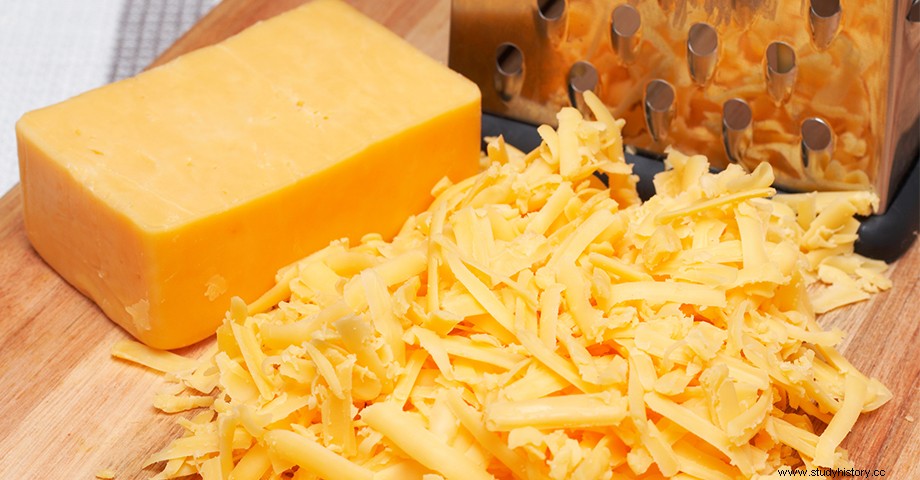
History of the East
Cheese is available worldwide. Furthermore, each country has unique cheese flavors that depict their customs and culture. It has been consumed since prehistoric times. Around 6000 BC. the traces of cheese production were traced during excavation. Lake Neuchatel was excavated. Furthermore, in 2000 BC. found visual evidence from murals of Egyptian tombs. However, it is clear now that the culture of cheese-cutting began in the Hellenistic period. Not only Homer's book The Odyssey, but other ancient Greek authors mentioned cheese as a common food.
Europeans mainly adopted cheese in the 16th century, ie the Middle Ages. However, its use became popular among non-European indigenous peoples after colonialism began. By then, the popularity of cheese production as a food product had spread throughout Europe. One can notice the diversification of cheese produced in European countries. From history we learn that within 1500 the Cheddar cheese was introduced. While permission was made in 1597. Each country began to produce cheese of different types that represent their culture and food.
According to the law of finance for supply and demand are coherent. The demand for cheese was enormous, which underlined the supply, ie production. The industrial revolution promoted much more modernized machines. In the year 1815, Switzerland is known for opening a new factory for cheese production. Furthermore, the mass production plant in America completely changed the future scenario. The price was reasonable for the rich and poor in the same way.
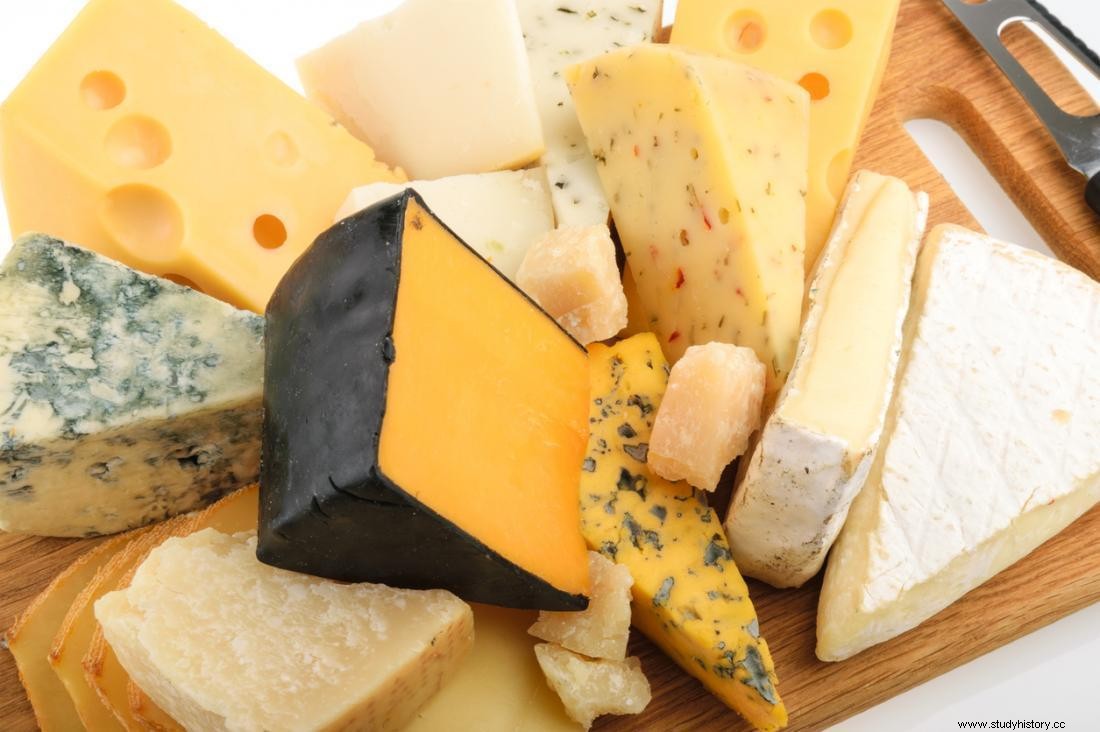
Making cheese
The process followed for the production of cheese is universal. The types are different for different countries. Otherwise, cow's milk extract is a pure dairy product. You produce cheese by the curdling process. This is where edible acids are mixed with lemon juice, vinegar or bacteria and finally mixed into milk and converted the sugar into lactic acid. As a result, solid curd is formed. With the rennet process as well as the addition of the soft variety of cheese can be made. However, more needs to be done to produce other varieties of cheese in bulk.
Furthermore, the solid curd is cut into pieces. Each piece is subjected to additional water drainage. Furthermore, they are heated to a controlled temperature of 35 to 55 degrees Celsius. Their different identities are secured by the addition of flavors. For example, mozzarella cheese needs stretching. After the treatment is completed, the cheese is allowed to harden under special environmental conditions. The older it gets, the more it tastes better. Therefore, The cheese is left to harden for a while, maybe years together.
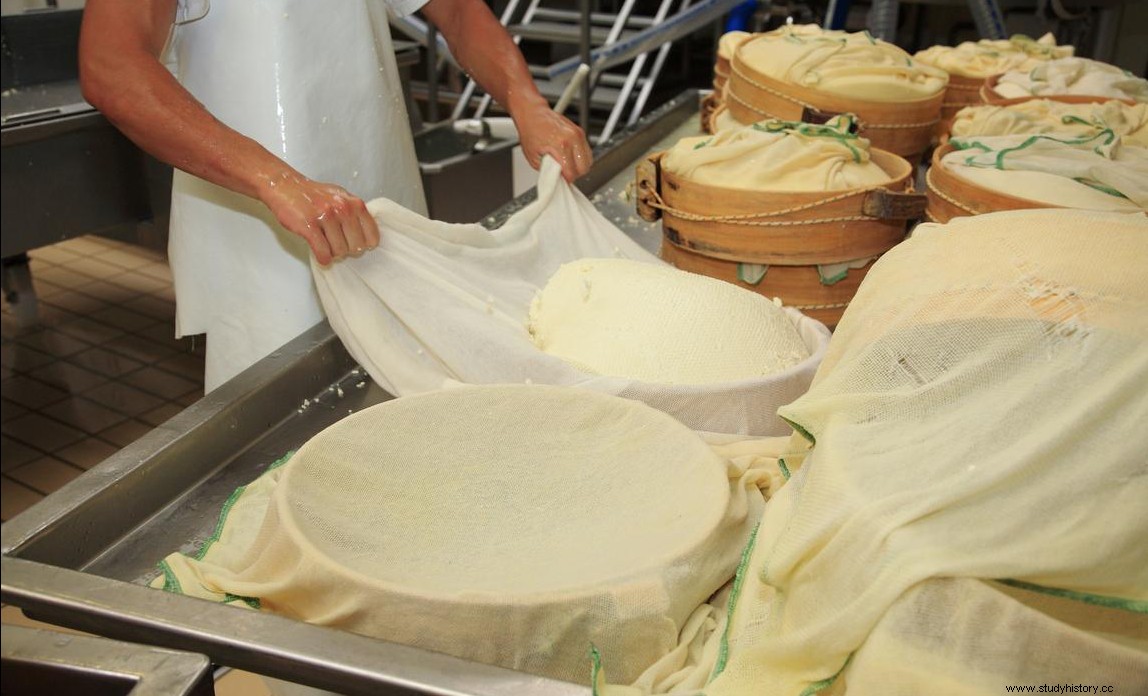
Benefits of cheese
Eating everything in large quantities can be harmful But cheese is not as harmful as some people think. The myth exists as if it provokes heart problems or adds fat. But that is not the case. The need for calcium, protein and fat is essential for a healthy you. Furthermore, consumption of a limited volume of cheese will be suggested as they serve as whole foods. Rich amounts of vitamins such as B12 and A are available. In addition, you also get riboflavin, zinc and phosphorus. You can also get vitamin K-12 and Omega 3 fatty acids, remember? Cheese is made from cow's milk, cows are 100% grass-fed animals. Some medical journals claim that dairy products, including cheese, are antitussives for teeth.

The risk to the cheese
- For those who are lactose intolerant, cheese may not be suitable as it contains lactose. Fortunately, the parmesan variety contains less lactose that can sit on them.
- Casein is the main protein found in milk. For people who are allergic to casein, dairy products will not suit. It includes cheese too. Even the low lactose variety does not help.
- Cheese contains sodium. People with high blood pressure can have problems if they overeat cheese.
- Doctors recommend avoiding saturated fat. The cheese contains fat. It would be better to consume fewer products.
- Cheese in case of excessive intake can lead to constipation. Cheese is low in fiber which causes indigestion
- People with cholesterol problems are advised to stay away from cheese. This can end up in health problems. Cheese is rich in calories. One ounce is equivalent to 100 g of calories, depending on the type.
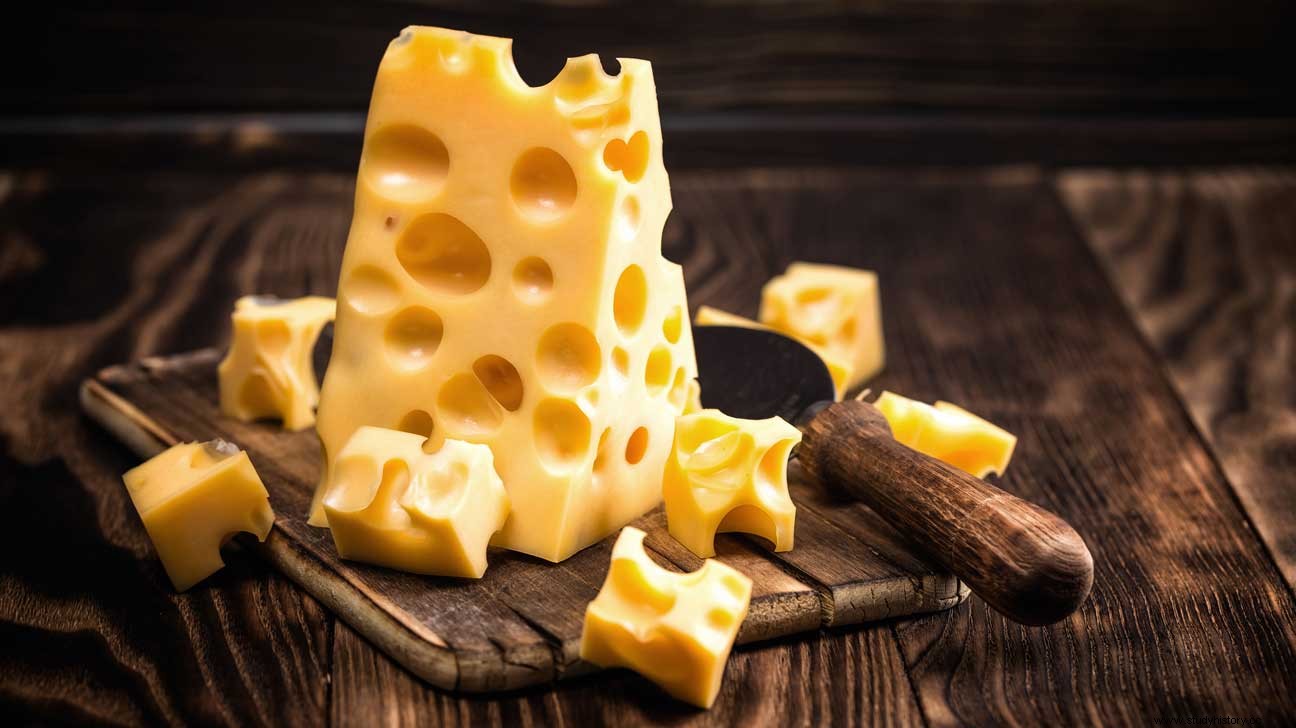
Americans eat a lot of cheese
Americans suffer greatly from obesity and weight gain. Myths exist that it is the consumption of cheese that has created the problem. However, nutritionists do not accept that fact. It has been identified from experiments that the food is very complex. So the human digestive system. When experiments were performed between humans and animals, it was found that the calorie intake was different from different diets.
This has been identified as a low fat growing product in use. But more research is needed to find the cause. Live bacterial cultures can be found because it is fermented. The intestinal microbiome is responsible for your weight control. In addition, fermentation induces vitamin K2 production which in turn helps insulin production in our body. Calorie consumption, fat retention, hunger and most importantly blood sugar levels are regulated by insulin. Furthermore, researchers have found that the milk fat globule membrane remains intact in it. Consequently, it can be concluded that this is advantageous over butter or milk.
Weight gain or loss is not affected by the consumption of cheese is a myth. The amount of calorie intake from other foods. Hopefully, the obesity epidemic can be controlled by curbing carbohydrate foods and junk mail.
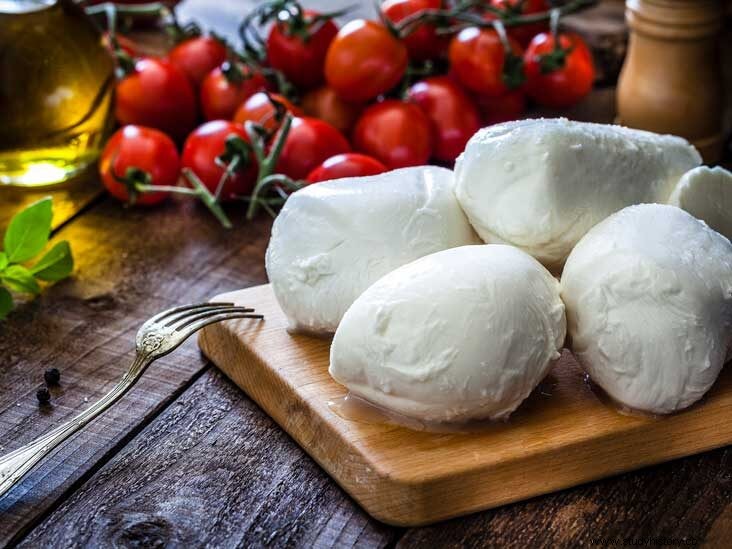
Facts about cheese nutrition
Nutritional values vary between types of cheese that are consumed. If someone compares Brei and Mozzarella, it previously contains more calories 85 (mozzarella) compared to 95 (Brei). Even in terms of fat content. Compared to 6.3 grams of fat per ounce, while Brei contains 7.9 grams of fat per ounce. Furthermore, they variety Cheddar contains 113 calories. In addition to 9 grams of fat per ounce. Feta Swiss, or foamed mozzarella can be a good solution for low-calorie types. Swiss cheese contains only 20 milligrams of sodium per ounce. So if the sodium content is a concern, it would be better the Swiss. It would be better to avoid the hard variation. To preserve them longer, more salt is added. You are advised to choose from varieties that satisfy your requirements.
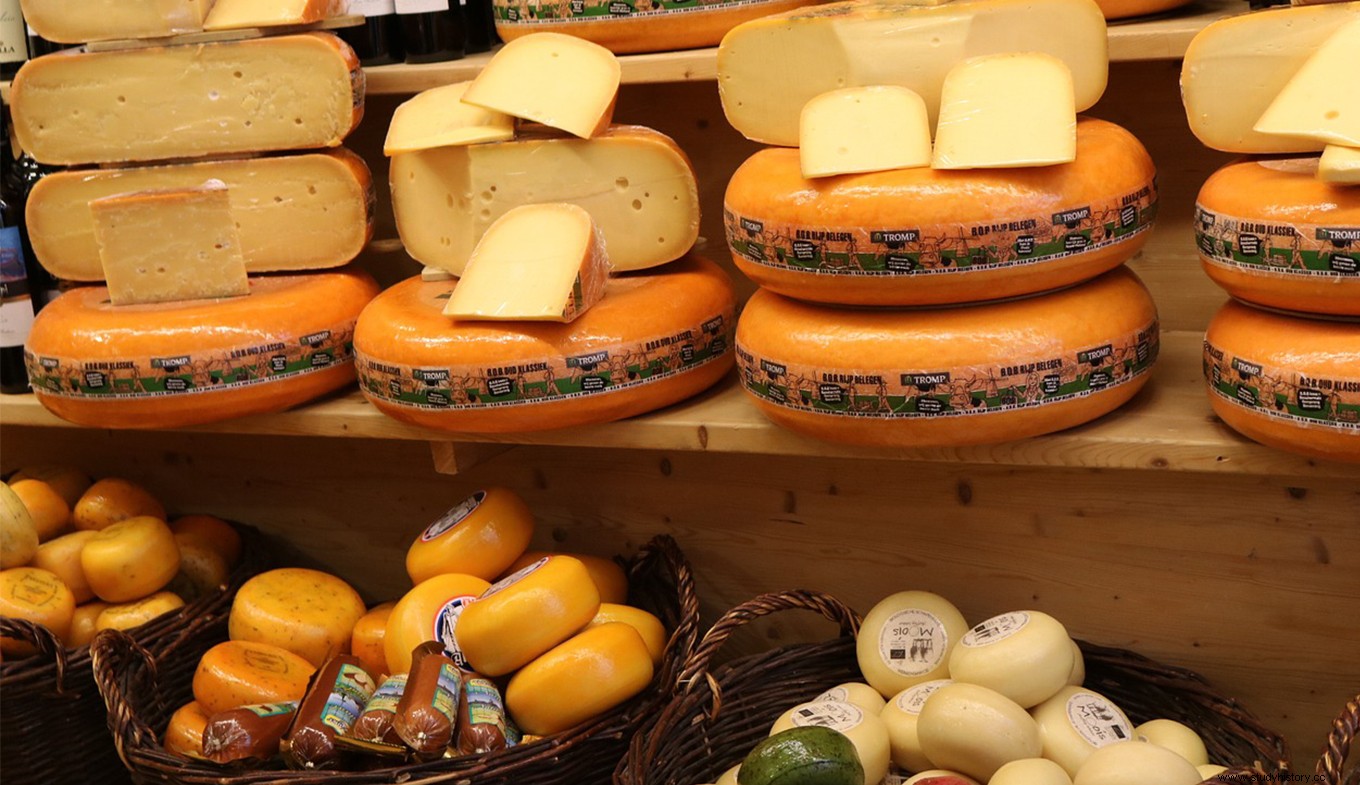
Storing Procedures
Once the cheese is produced, you need to store it properly to achieve the age to give you the best flavor.
Generic storage methods
- It mainly depends on the type of cheese you are going to store. Otherwise, a resealable plastic bag may suffice.
- Refrigerator vegetable cakes are suitable for storing them . Not only stable, but the right temperature can be achieved.
- After use, the residue must be packed with fresh wax paper before storage
- The harder it is, the longer it will survive. So it would be better to know the variety before storing it
For older / hard
Apply a final coat of plastic after wrapping it tightly with wax or baking paper.
The blue
Better to wrap them in plastic
Storage of semi-hard or hard plastic packaging
The soft, semi-soft and smelly variety
This variety needs resealable plastic containers
Store fresh in water
The best way to store cheese is to leave it in packaged form. Using a bowl of water, leave it in its original shape. Replace the water periodically.
Healthy type of cheese around the world
Cheese is known to be nutritious cosine available worldwide. Each variety has its own flavors and ingredients to serve to keep you healthy
- The Italian dairy product is known to be the best. If you are concerned about sodium, it has the lowest amount of sodium. In the same way, the low calorie of this variety keeps it ahead of all others. In addition, Mozzarella cheese contains probiotics. Probiotics are essential for immunity, improving intestinal health and fighting inflammation. In addition to other recipes, Mozzarella tastes delicious in Caprese salad. A salad with tomatoes, basil and balsamic vinegar.
- The National Institutes of Health recommends blue cheese. It has enhanced features to strengthen your legs. These are made from the milk of a cow, goat or ship. The mold used to shape gives a distinctive smell and taste. This got its name because of the blue and gray veins and spots found in their texture. In this type, there is enough calcium that can reduce osteoporosis-like diseases. Bone brittleness or some bone related problems can be dealt with with this. The toppings for pizza, sandwiches and burgers with these taste fantastic. You can also use the flavor of a salad made from nuts, apples or pears and spinach
- Do you want an improved body composition and go fat free? Try the Feta variant. which is originally from Greece. It is made from goat's or sheep's milk. This salty, low-calorie and whitish product contains CLA, ie conjugated linoleic acid which not only increases body composition but also reduces fat. As a preservative, while packaging brine is used. This increases the sodium content. But it contains fewer calories than other varieties of it. In addition, the presence of CLA increases its nutritional benefits. It would be better if you could include it in your diet. For example, eat it with eggs, crumble it over your salad or whip it to make a dip.
- Probably in the United States, this white, soft variety, cottage cheese, originated. This variety is rich in protein but low in calories. Black cheese is often prescribed for weight loss. Due to the high protein content, it creates a feeling of fullness. Intake of more calories can be avoided. it tastes very good when spread on toast, used in scrambled eggs, complimented as smoothies. Furthermore, tasty dips can be made using the same.
- A lighter version of cottage cheese can be found in the Ricotta variant of them. They come from Italy. The soft and creamy texture is generated by treating the remaining water from others. Ricotta is a good source of amino acid, which is essential for humans. The amino acids are generated from a milk protein called whey. Furthermore, whey is easily absorbed, they are great muscle builders, limit blood pressure and limit cholesterol levels. Generally, Ricotta tastes delicious and can be used as a base for a dip. It goes well with sweet and savory snacks as well as fruit. Ricotta goes well with dishes such as pizza, pasta, lasagna and various salads.
Other types of cheese that have nutritional benefits are:
- Sixth Parmesan
- Seventh Swiss
- Eighth Chadder
- Ninth goat.
Notes
The list contains only the nutritious varieties. However, there are many other varieties you can find all over the world. If you are health conscious and want the best for yourself, you should check your fat content, as well as calories and vitamins.
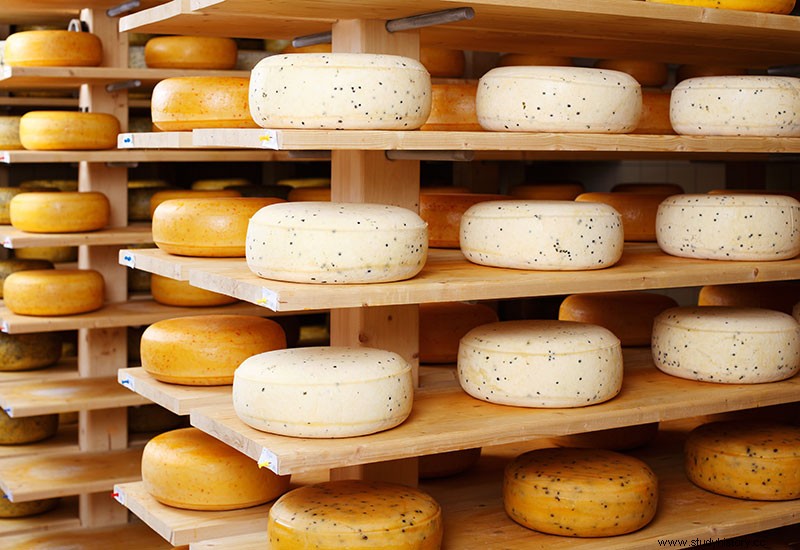
Significance in Anthropology
Cheese is a dairy product that was used by people before historical times. Evidence for making cheese can be found during excavations held in 6000 BC. Also, there may be traces of it in Egyptian cities. The custom of making these dairy products was adopted by the Europeans in general. After colonialism, it also became available elsewhere. Cheese is currently available worldwide. To mark their identity, countries differentiated the variation. During the industrial revolutions, the machines for production were modernized. Switzerland had the first factory. The whole process was revolutionized. Mass production began in America, which made the dairy product affordable for different sections of the population. Furthermore, it has been investigated to conclude with existing myths.

